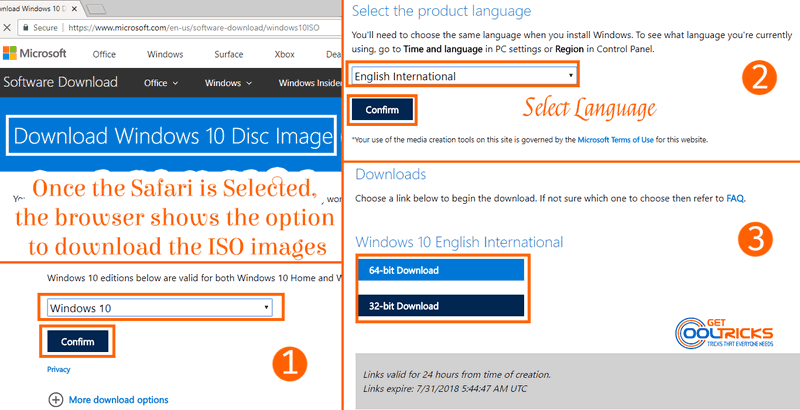

Keep Google-specific references to a minimum.
#Chromium os iso how to#
If there is disagreement about how to do things, consider listing alternative options in a SIDE NOTE. If you specify multiple options, provide a clear explanation why someone following the instructions would pick one option over the others. Where possible, describe a single way of doing things.Following a web of links can be very confusing, especially for people who are new to a project, so it's very important to maintain a linear flow as much as possible. If you do not have a choice and must put information relevant to getting started in other documents, add links in this document to discrete chunks of information in the other documents. If some information is also relevant for other documents, put the information in this document and add links from the other documents to this document.Put all general “getting started” information directly on this page.Please try to abide by the following guidelines when you modify this document: Stick in a TODO noting your uncertainty if you aren’t sure, but don't let anything you know to be wrong stick around. If you‘re not sure of the perfect answer, still fix it.If you see a TODO and you know the right answer, fix it!.
#Chromium os iso update#
See README.md for how to update this document. If you're a ChromiumOS developer, YOU SHOULD UPDATE THIS DOCUMENT and fix things as appropriate. TODO describes questions or work that is needed on this document.SIDE NOTE describes explanations, related information, and alternative options.IMPORTANT NOTE describes required actions and critical information.Notes are shown using the following conventions:.This distinguishes input from the output of commands, which is not so prefixed. On your build computer, outside the chrootīeneath the label, the command(s) you should type are prefixed with a generic shell prompt, $. Commands are shown with different labels to indicate whether they apply to (1) your build computer (the computer on which you're doing development), or (2) your ChromiumOS computer (the device on which you run the images you build):.The tasks are grouped into the following sections: The guide is organized linearly, so that developers who are new to ChromiumOS can follow the tasks in sequence. This guide describes the common tasks required to develop ChromiumOS. That includes new developers who are interested in the project and who simply want to browse through the ChromiumOS code, as well as developers who have been working on ChromiumOS for a long time. The target audience of this guide is anyone who wants to obtain, build, or contribute to ChromiumOS. Creating a recovery image that has been modified for test.Creating a normal image that has been modified for test.Set up SSH connection between chroot and DUT.I lost my developer tools on the stateful partition, can I get them back?.Automated remote debugging using gdb-$ script.Debugging both x86 and non-x86 binaries on your workstation.Making changes to the Chromium web browser on ChromiumOS.Making changes to the way that the chroot is constructed.Adding small patches to existing packages.Making changes to non-cros-workon-able packages.Clean up after you're done with your changes.
#Chromium os iso code#


 0 kommentar(er)
0 kommentar(er)
